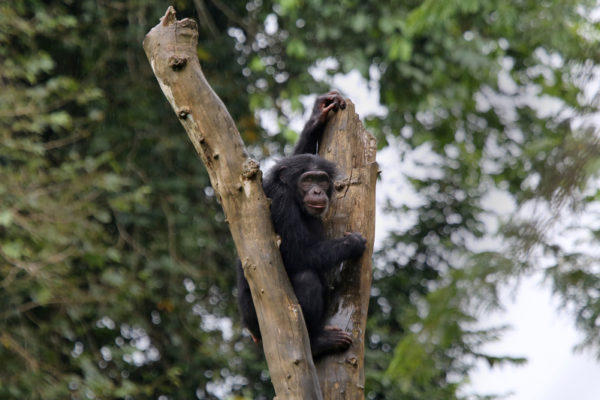World’s most pristine forests could be wiped out within 60 years – study
Satellite data reveals the extent of Intact Forest Landscape loss so far this century

Some of the world’s most pristine forests could disappear within the next 60 years if the current rate of industrial activity in these regions continues, according to a new study.
Researchers from the University of Maryland, together with NGOs including Global Forest Watch, used satellite images to examine the world’s Intact Forest Landscapes (IFLs), large areas of forest untouched by industrial activity.
They found that industrial logging, farming, wildfires and mining led to the loss of more to than 900,000km of the world’s pristine forests between 2000-2013, with logging the main driver globally.
these landscapes will act as a kind of ‘canary in the coal mine’
If the current rate of loss continues, the study says, Paraguay, Laos, Cambodia and Equatorial will lose all their IFL areas in the next 20 years.
Meanwhile, the IFL-rich countries that make up the Congo Basin rainforest – such as Congo, Gabon, Cameroon – would lose all their IFLs within 60 years.
The dramatic finding comes a few months after Unearthed reported that the Congo Basin was under threat from a range of industrial activity, including logging and palm oil.
The rainforest has to date been relatively untouched by heavy industry, but that looks likely to change with logging and palm oil interests eyeing up the region.
Findings
Some of the numbers contained in the report are staggering.
South America lost 322,000km2 in the first 13 years of the 21st century, compared to 101,000km2 in Africa.
Reasons for IFL loss differed from region to region. But overall, industrial logging was the greatest single cause, with the researchers finding that such activity can lead to a “cascade of other impacts”, like road-building.
Climate impact
Despite only making up 20% of the world’s tropical forest area, IFLs account for 40% of total aboveground tropical forest carbon. This means that losing these areas could have a big impact on the world’s climate.
Matthew Hansen, a geographer at the University of Maryland, who worked on the research told Unearthed that a significant loss of IFLs could accelerate climate change by releasing more carbon into the atmosphere.
He said: “IFLs will serve as the reference point for large-scale climate impacts – these landscapes absent of human impacts will respond to climate stresses and act as a kind of ‘canary in the coal mine.'”




